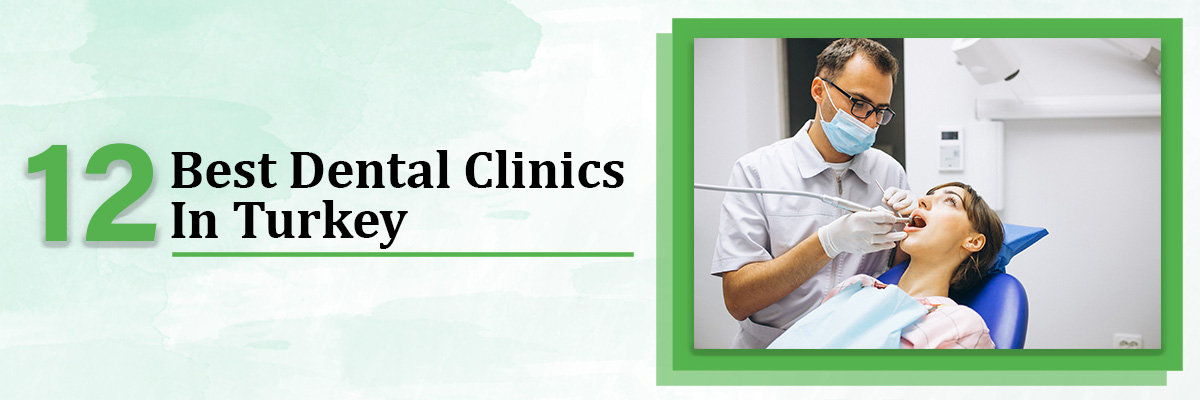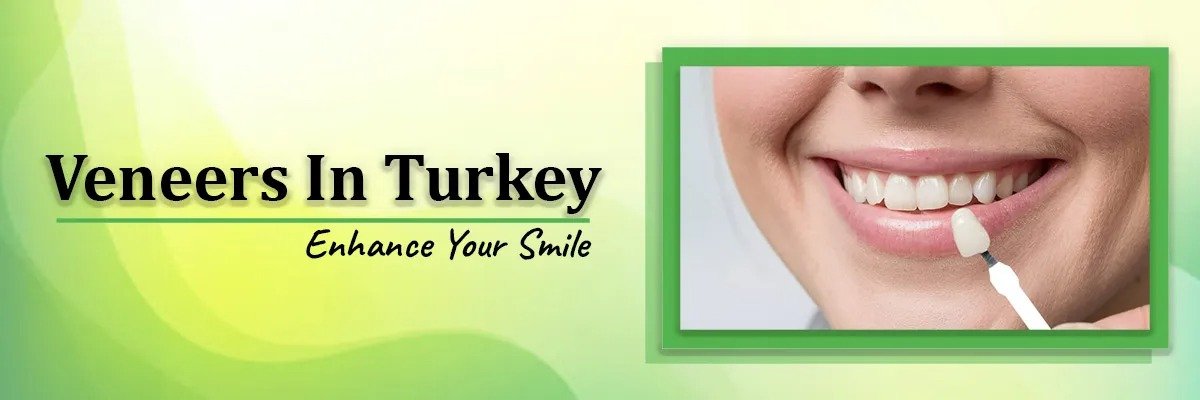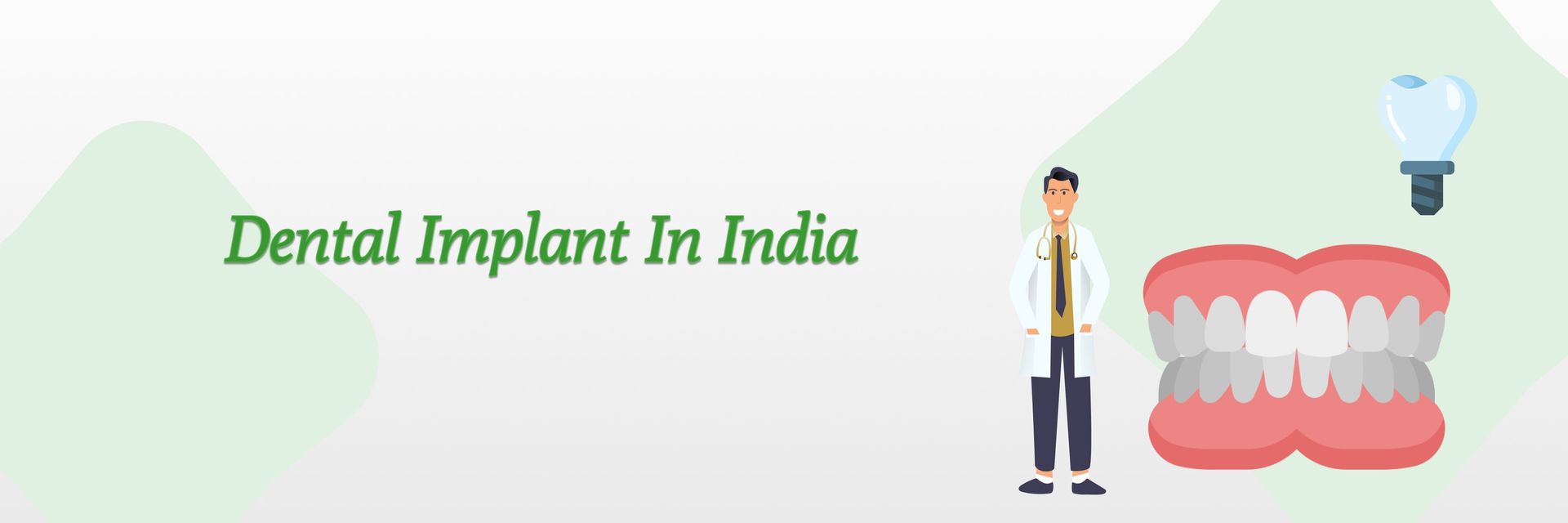Introduction
In 2024, dentistry is on the brink of a significant transformation with the advent of stem cell dental implants. This innovative approach aims to revolutionize how we address tooth loss by leveraging the body's natural regenerative capabilities.
Traditional dental implants have long been the standard solution for replacing missing teeth. They involve inserting a titanium post into the jawbone, which serves as a foundation for an artificial tooth. While effective, this method doesn't replicate the natural tooth structure. Stem cell dental implants, however, propose a groundbreaking alternative by using stem cells to grow new teeth within the patient's mouth, closely mimicking natural tooth development.
Ready for a healthier smile? learn more about Stem Cell Dental Implants and book your appointment!
How Do Stem Cell Dental Implants Work
Stem cell dental implants utilize regenerative medicine to grow natural teeth, offering an innovative alternative to traditional implants. Here’s how the process works:
Key Steps in the Process:
- Stem Cell Extraction: Stem cells are harvested from the patient’s body (often from dental pulp, bone marrow, or fat tissue).
- Cell Cultivation & Differentiation: The extracted stem cells are cultured in a lab to encourage them to develop into tooth-forming cells.
- Tooth Scaffold Development: A biodegradable scaffold may be used to guide the growth of the new tooth structure, mimicking the shape and function of a natural tooth.
- Implantation into the Jawbone: The developed stem cell implant is placed into the jawbone, where it integrates naturally and begins regenerating a new tooth.
- Natural Growth & Maturation: Over time, the stem cells promote tissue regeneration, allowing the tooth to grow and fuse seamlessly with surrounding structures.
- Final Tooth Formation: The regenerated tooth functions like a natural tooth, preserving jawbone health and offering improved durability compared to traditional implants.
Benefits of Stem Cell Dental Implants
Stem cell dental implants promote natural tooth regeneration, reducing the risk of rejection and implant failure. They integrate seamlessly with the jawbone, preserve bone density, and eliminate the need for artificial materials, offering a long-term, natural tooth replacement solution.
- Natural Tooth Regeneration: Stem cell implants aim to regenerate a fully functional tooth, including the root and crown, providing a more natural look and feel compared to traditional implants.
- Improved Integration: Since the new tooth is grown from the patient's own cells, the risk of rejection or complications is minimized, potentially leading to better integration with the surrounding tissues.
- Bone Preservation: Natural tooth regeneration can stimulate the jawbone, preventing bone loss that often occurs with missing teeth.
Discover the future of dental restoration with Stem Cell Dental Implants. Contact us today to achieve a natural smile with faster healing!
Stem Cell Implants V/S Traditional Dental Implants
While traditional implants have a high success rate, they come with certain limitations. Stem cell dental implants offer a promising alternative, but they are still under research.
Key Differences & Considerations:
- Bone Density Requirement: Traditional implants require sufficient jawbone for support, while stem cell implants may reduce the need for bone grafting.
- Healing & Integration: Traditional implants take months to integrate with the bone, whereas stem cell implants could naturally fuse with surrounding tissues.
- Risk of Implant Failure: Traditional implants may fail due to infection or rejection, but stem cell implants grown from the patient’s own cells could minimize this risk.
- Durability & Maintenance: Traditional implants are long-lasting but may need replacement over time. Stem cell implants, if successful, could regenerate naturally, reducing long-term maintenance.
- Availability & Research: Traditional implants are widely available and well-tested. Stem cell implants, though promising, are still in clinical trials and not yet a mainstream option.
For now, traditional implants remain the gold standard for tooth replacement, while stem cell implants hold the potential to revolutionize dentistry in the future.
Costs and Availability of Stem Cell Dental Implants
In India, the cost of a single dental implant with its prosthesis (a cap or crown) could range from Rs. 20,000 to Rs. 50,000, depending on the brand and type of implant utilized.
Stem cell dental implants are still experimental in India and not widely available. Costs range from ₹15 lakhs to ₹25 lakhs, depending on factors like the type of transplant (autologous or allogeneic), clinic reputation, and location. Most experts suggest further research before mainstream adoption, though some specialized centers may offer treatments.
Key Points:
- Type of Transplant: Autologous (patient’s own cells) is usually less expensive than allogeneic (donor cells).
- Clinic Reputation & Location: High-end clinics in metro cities may charge more than smaller or research-based centers.
- Technology & Procedure Complexity: Advanced lab processing, stem cell cultivation, and surgical expertise increase costs.
- Pre & Post-Treatment Care: Diagnostic tests, follow-ups, and rehabilitation add to the overall expense.
- Government Regulations & Research Status: Since it's still experimental, costs may remain high until widespread adoption.
Discover the future of dental restoration with Stem Cell Dental Implants. Contact us today for a natural smile with faster healing!
Conclusion:
Stem cell dental implants represent a groundbreaking advancement in regenerative dentistry, offering the potential for natural tooth regeneration. However, they are still experimental, with limited availability and high costs in India. While traditional implants remain the standard, ongoing research may soon make stem cell implants more accessible and affordable. Before considering this treatment, consult with a qualified specialist, research accredited clinics, and check insurance options.
References:
https://link.springer.com/article/10.1007/s40883-024-00382-w







